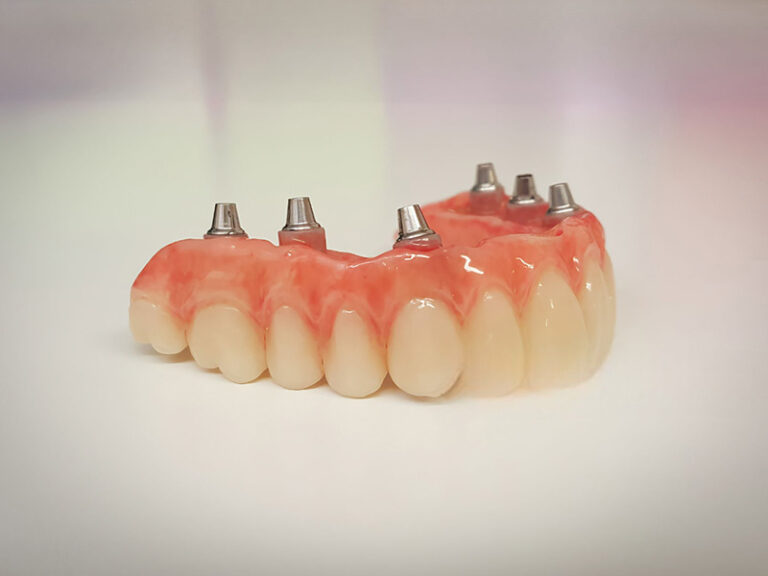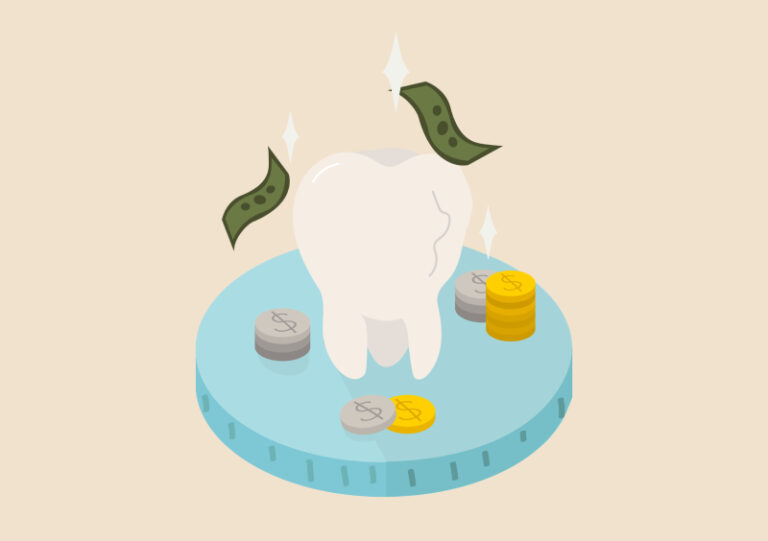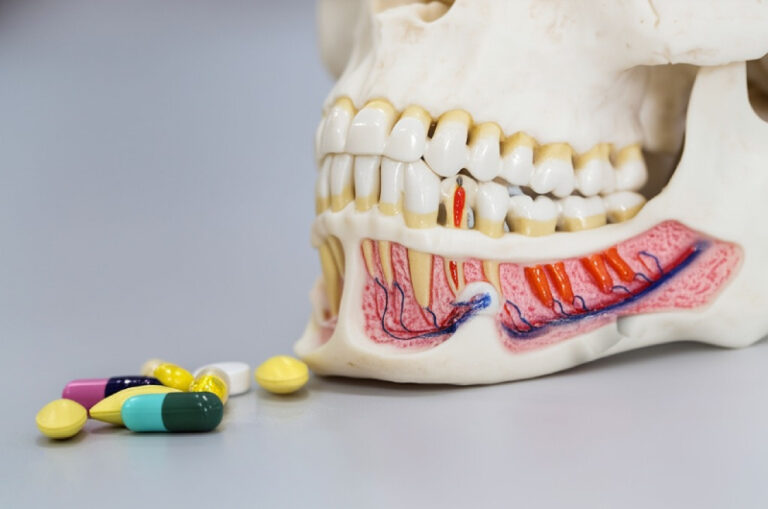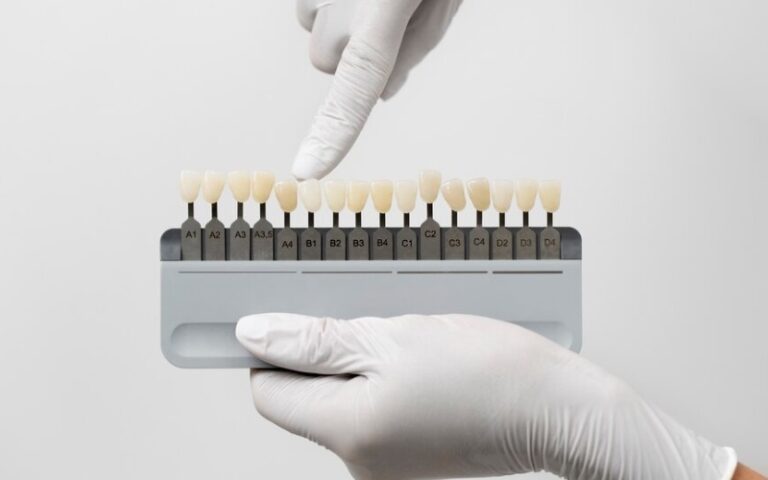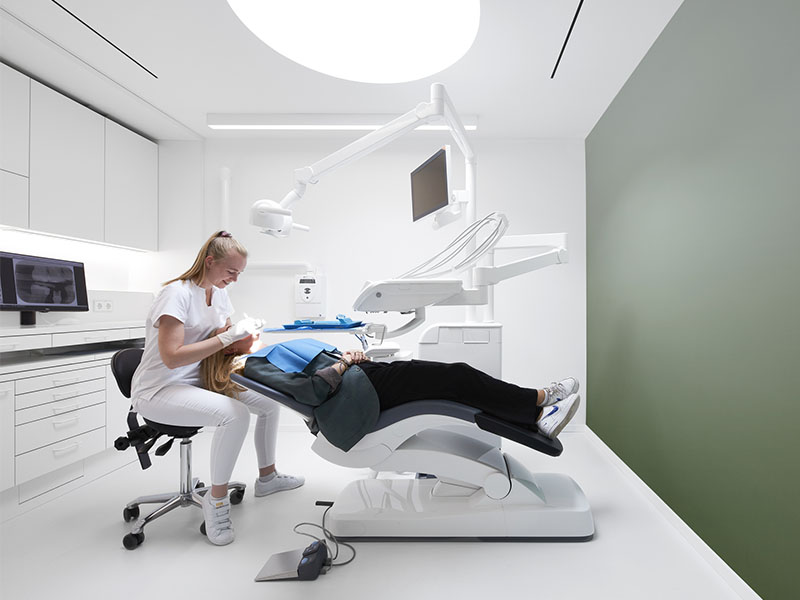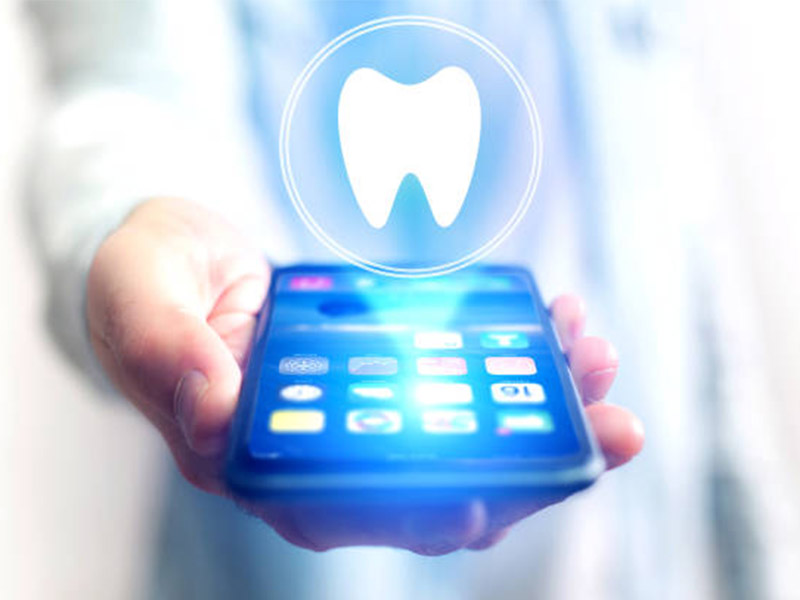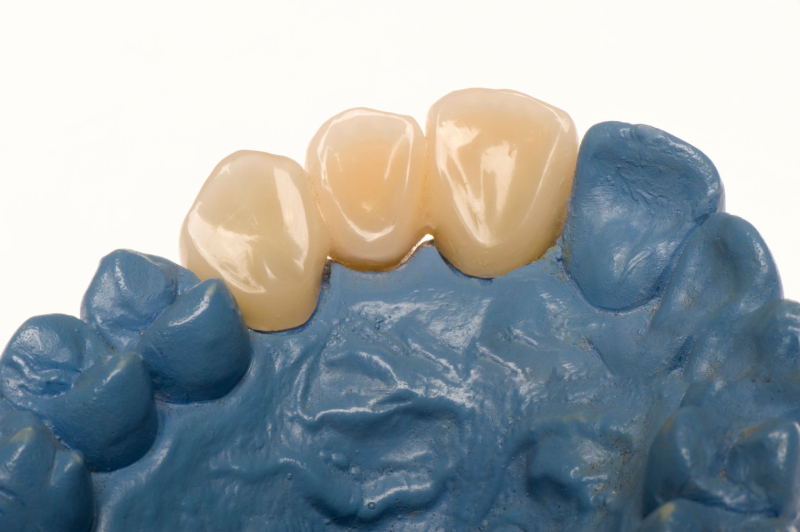
The Essential Value of Pediatric Dental X-Rays: Finding What’s Hidden for Your Child’s Oral Health
Table of Contents
Ever Wonder, “Does My Child Really Need Dental X-Rays?” You’re Not Alone.
If you’re a parent, you’ve probably been at the dentist and heard, “Let’s do some X-rays.” Maybe you’ve felt a bit worried—Do these X-rays really help? Are they safe? What do dentists see that I can’t?
You’re right to be curious. When it comes to your child’s health, every choice feels important.
Let’s clear up the confusion, answer your questions straight on, and walk through why dental X-rays are more than just routine—they’re a key tool for keeping your child’s smile healthy for life.
What You’ll Find Here
- Why Looking at Your Child’s Teeth Isn’t Enough
- What Dental X-Rays Show: Stuff You Can’t See
- Safety First: What About Radiation?
- How Often Should Kids Get Dental X-Rays?
- The Long-Term Upside for Your Child
- Easy Steps for Parents
Why Looking at Your Child’s Teeth Isn’t Enough
Let’s get to the point: Why do dentists tell you your child needs X-rays at all?
You may think, “Can’t the dentist just look in my kid’s mouth?” That’s a fair question. Many parents think the same thing. Regular checkups matter, but even the best dentist can’t spot everything just by looking.
Think of it like checking under the hood of your car. You might look inside and see nothing wrong, but up close, there could be problems you’d miss. It’s the same with your child’s mouth. Some issues hide out of sight, waiting to get worse if no one notices.
The Limits of Just Looking
- Hidden Cavities: Small holes (called “cavities”) can pop up between teeth or under the gums—hidden until they get really bad or start to hurt.
- Growing Teeth: Dentists can’t see permanent teeth that are still under the gums, not ready to come out yet.
- Bone Problems: Infections, cysts, or jaw issues are out of view unless you use special pictures.
The Importance of Catching Problems Early
Spotting small problems before they turn big is a huge part of children’s dentistry. Dental X-rays answer the big question: “What’s really going on under there?”
Common Worries from Parents
- Is it safe?
- Is it needed?
- How often do we need X-rays?
We’ll get into each of these, using science, expert advice, and easy tips.
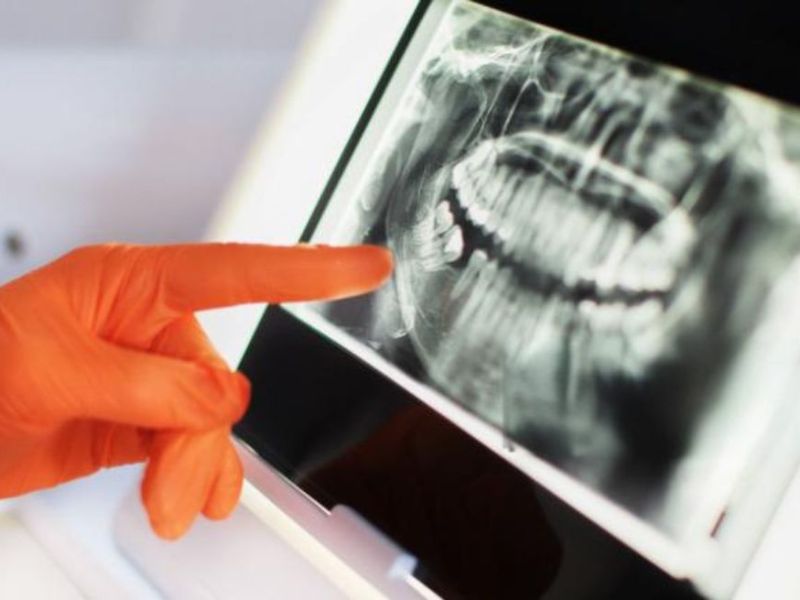
What Dental X-Rays Show: Stuff You Can’t See
It’s easy to forget how much is happening inside a child’s mouth. Let’s keep it simple.
Finding Cavities You Can’t See
If you could shrink down and squeeze between your child’s teeth, you’d find places a toothbrush can’t clean. That’s where cavities—the sneaky troublemakers—like to start.
What Do X-rays Find That We Miss?
- Cavities Between Teeth: X-rays catch up to 70–80% of the tiny holes between teeth.
- Beneath Fillings or Sealants: Cavities can hide under older work and you’d never know.
- Early Trouble: Catch decay before it hurts or gets nasty.
Example:
Think about Mia, a six-year-old whose teeth looked perfect when the dentist checked her. But X-rays found three tiny spots hiding between her teeth. Treating them early meant no pain for Mia and no big dental bill for Mom and Dad.
Checking How Teeth Grow and Come In
A child’s mouth changes fast, like a busy building site, always something moving:
- Are the new teeth growing the right way?
- Will they push through in the right spot?
- Are any teeth missing or extra ones stuck inside?
Why This Matters:
Crooked teeth, crowded spaces, or teeth stuck in the gums—these problems are easier to fix if you spot them early. X-rays help the dentist make a plan, like looking at a house plan before building.
Catching Bone Problems and Weird Lumps
Below the teeth, the jaw holds everything in place. But sometimes, infections, lumps, or odd growths start where no one can see.
- Abscesses: Infections that spread fast and can be dangerous if missed.
- Jaw Injuries: After a fall or sports bump, X-rays show if there’s hidden damage.
- Cysts or Tumors: Catching them early means easier treatment.
Checking for Tooth Injuries
Kids run, jump, and play hard—bumps happen. Even if the teeth look okay after a fall, the roots might be hurt or new teeth under the gums could be damaged.
- Root Cracks: Damage deep inside the tooth.
- Loose Teeth: Sometimes a tooth is out of place but it’s hard to spot.
- Hidden Damage: New, growing teeth can get hit and you’d never know right away.
Planning for Braces or Special Care
To plan for braces or tricky problems, your dentist and orthodontist need all the info:
- Jaw Growth: Is the jaw growing evenly and as it should?
- Room for Teeth: Will all the teeth fit? Are they straight?
- Mixed Teeth: When baby and permanent teeth mix, special planning is a must.
No X-rays? Treating tricky cases would be pure guessing.
Simply put: X-rays are the dentist’s map.
Safety First: What About Radiation?
Here’s where every parent asks, “What about radiation? Is that risky?”
You’re careful—and you should be. But let’s put things in perspective.
The “As Low As Possible” Rule
Pediatric dentists follow the ALARA rule: keep the X-ray dose as low as possible but still get the info they need. No extra X-rays, just what’s needed.
The Numbers Made Easy
- Digital Dental X-rays: Give off about 0.001–0.005 millisieverts (mSv) for each set.
- Everyday Background Radiation: Just walking around, your child gets about 0.008 mSv per day.
- One Long Flight: A cross-country plane trip gives about 0.035 mSv.
So, a dental X-ray gives your child about 1/8 of a regular day’s exposure in the world—and just 1/30 of what they get from one plane ride.
Today’s High-Tech Safety
Dentistry has come a long way since the old film X-rays. Here’s how they keep kids safe now:
- Digital X-rays: About 90% less radiation than old-school film.
- Lead Aprons: Protect the body from stray rays.
- Thyroid Collars: Give extra protection to the throat area.
Following the Experts
Groups like the American Academy of Pediatric Dentistry (AAPD) and the American Dental Association (ADA) set strict rules:
- X-rays aren’t done “just because.” They’re picked for each child’s history and needs.
- Higher risk (like past cavities)? X-rays may be done more often.
- Low risk or perfect checkups? X-rays are needed less.
Bottom line: The chance of missing a serious problem is way worse than the tiny risk from X-rays.
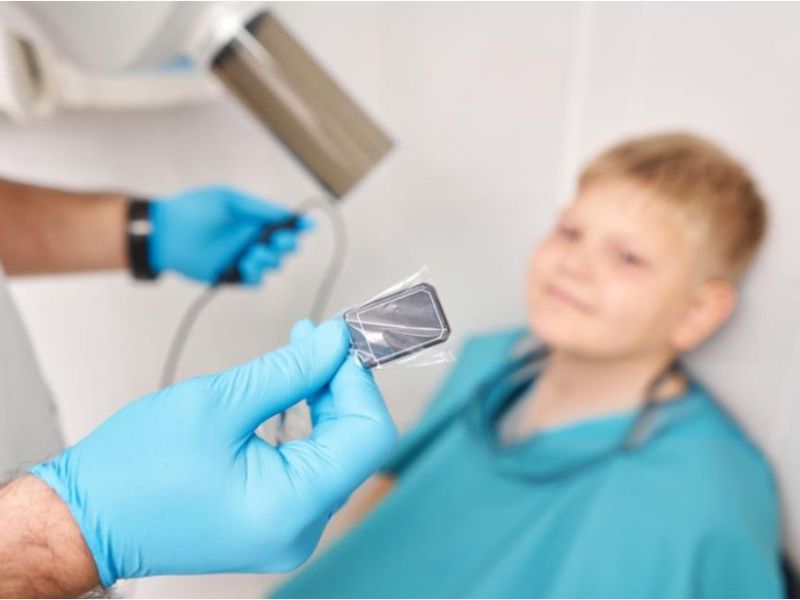
How Often Should Kids Get Dental X-Rays? Guidelines & What Matters
Every child’s different, so there’s no one rule for everyone.
What Sets the X-ray Schedule?
Many things help decide:
- Age: Little kids with tight teeth or more cavities might need more X-rays.
- Brushing and Eating Habits: More sugar or not brushing enough raises the risk.
- History of Cavities: Had one? More could be hiding.
- Braces or Other Needs: Planning for braces? Extra pictures help.
- Symptoms: Pain, swelling, or a bump? X-ray time.
The Kinds of Dental X-rays for Children & When They’re Used
Bitewing X-rays
- What it shows: Cavities between back teeth, early bone loss.
- How often: Every 6–12 months if your child’s at higher risk. Every 12–24 months if lower risk.
Panoramic X-rays
- What it shows: A big view of jaws, growing teeth, sinuses, and more.
- How often: Usually once around ages 6–8, then again at 12–14 as more teeth come in.
Periapical and Occlusal X-rays
- What it shows: Close-up on one or two teeth or jaw areas.
- Why/When: If there’s pain, swelling, or a big worry.
The Pediatric Dentist’s Job
A good children’s dentist is like a detective—putting together your child’s story, their checkup, and their risks to decide if and when X-rays are needed.
Always ask for recommendations that fit your child, not just cookie-cutter rules.
The Long-Term Upside: Setting Your Child Up for a Healthy Life
X-rays aren’t just for today. Let’s look at the long run.
1. Saving Money Later
Fixing a tiny cavity now is way cheaper than a big root canal, pulling a tooth, or fixing pain from things that got worse. Insurance numbers back this up.
2. Avoiding Pain and Emergencies
Untreated cavities or injuries mean pain, missing school, and sometimes even hospital trips. Spotting things early ends that story.
3. Keeping Baby Teeth to Guide Growth
Baby teeth matter. They help new teeth line up right, help kids talk, and let them chew. Losing baby teeth too soon (often from “hidden” decay) can make teeth crooked for life.
4. Helping the Whole Body
Did you know?
Bad tooth infections can spread to the rest of the body, mess with eating, talking, sleeping, and even self-confidence. In rare cases, these infections can even turn into real health emergencies.
5. Growing Confidence and Good Habits
Kids who skip dental pain or emergencies feel better about their smiles—and are more likely to stick with good habits for life.
Easy Steps for Parents
Let’s make it easy.
Key Takeaways
- Dental X-rays spot trouble before it starts.
- They’re safe—modern technology keeps radiation super low.
- No two kids need X-rays on exactly the same schedule.
- Talk with your children’s dentist about your child’s special needs.
- Early checks mean less pain, lower costs, and a bigger smile.
What Parents Can Do
- Ask questions. Chat with your dentist about why your child needs X-rays.
- Keep notes. Record your child’s dental visits and when they get X-rays.
- Focus on stopping trouble early. Good brushing, smart food choices, and regular checkups go hand-in-hand with X-rays to protect your child.
- Find a good dentist. Pick someone who explains things, answers questions, and customizes care for your child.
Common Questions
Are dental X-rays safe for kids?
Yes. Today’s digital X-rays and safety gear (like lead aprons) mean it’s less than a day’s worth of natural background exposure.
How often do kids need X-rays?
It depends on cavity risk, age, and how their teeth are growing. High-risk kids may need them every 6–12 months. Low-risk kids, every 12–24 months, or sometimes less.
What if my child is scared of X-rays?
Children’s dentists are pros at calming kids. They explain each part, use child-size equipment, and keep things fun with games or stories.
Can I say no to X-rays?
Parents can always say no, but skipping needed X-rays could hide serious problems. Always talk things through and share any worries with your dentist.
What does the dentist look for in X-rays?
They’re checking for cavities, watching how teeth are coming in, looking at bone health, and searching for any infection or injury—all to protect your child’s smile.
Sources and Good Resources
- American Academy of Pediatric Dentistry (AAPD) — Guidelines on Dental X-rays for Kids
- American Dental Association (ADA) — Dental X-rays and Children
- Centers for Disease Control and Prevention (CDC) — Oral Health Data
The Bottom Line
Dental X-rays give you and your dentist a look at what’s going on inside your child’s mouth—even what you can’t see. They help you catch problems early and keep your child smiling, free from pain.
You don’t have to be a dental expert to make good choices for your child. You just need the right info, a bit of help from your dental team, and the confidence to ask questions.
If you’re unsure about your child’s X-ray needs, set up a time to talk with your children’s dentist. They’ll walk you through everything so you never have to guess—and your child’s smile can shine bright for years to come.

